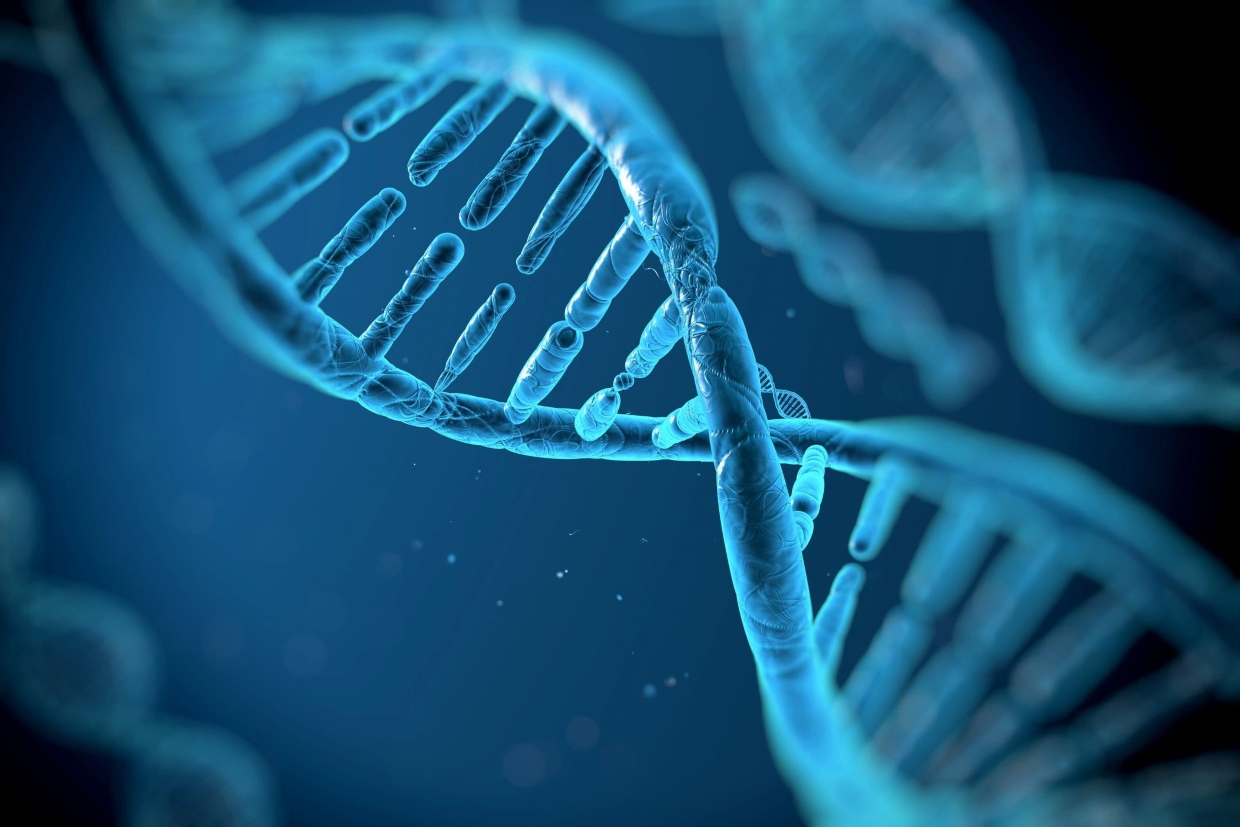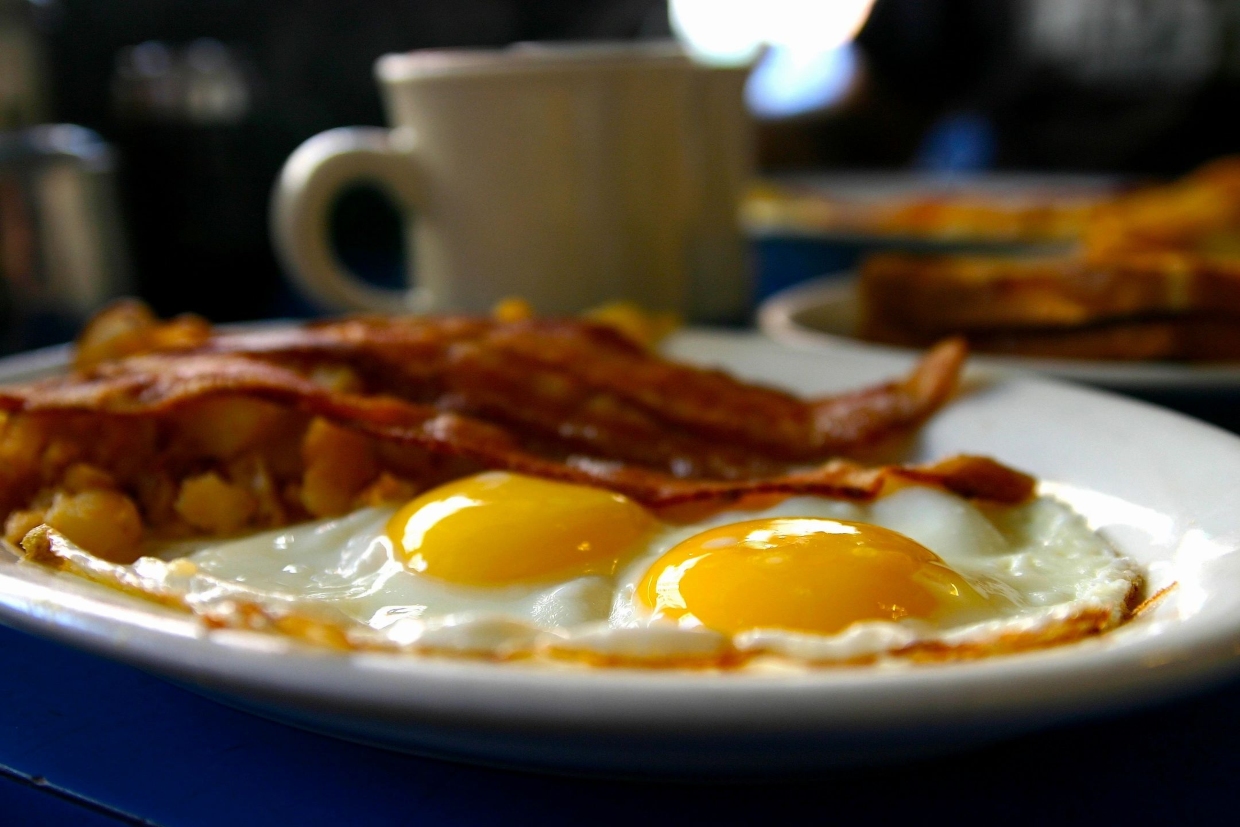Bioenergetics is a study of how energy is transferred into usable forms in the human body through different chemical reactions.
These are the three main sources of energy that our body uses.
Carbohydrates:
Carbohydrates provide the body with the fuel required for all daily activities, which is why, when you talk to a person who has not had carbs, they can be fatigued, have a poor mental function, and lack energy or endurance.
After carbohydrates are digested, they are turned into glucose, which is then absorbed and transported through the blood, with the assistance of insulin, it enters our cells.
When carbohydrates are stored, they’re referred to as glycogen and stored in the liver and muscle cells, which is then used during prolonged periods of intense exercise.
Our body has a limited ability to store carbohydrates. So, they must be replenished regularly to perform high-intensity exercise.
Fat:
The second form of energy used in the body is fat. Triglycerides are the chemical forms of fat found in the body, stored and used for prolonged periods of exercise– such as a marathon– low-intensity exercise, and rest.
Protein:
The final source of energy in the body is protein. Protein does not provide much energy during exercise. However, it becomes a significant form of energy in the body when we go into starvation. Protein cannot be directly used for energy. It first has to be converted to glucose through a process called gluconeogenesis.
This is plain and simple science to help you understand what the Macros are and how they work in our bodies.
As you can see, Carbs does not make you fat, which makes you fat is the excess consumption of it.
Understand your body and work with it to help you achieve optimal results.
Our Bodies Bioenergetics
Once we understand the basics of energy, let’s talk about the different energy systems used during exercise.
Let’s start with the systems that provide energy without oxygen, known as our anaerobic system. An easy way to remember anaerobic is to pretend that “an” stands for “no oxygen.”
First, we have the ATP-PC system that provides energy for high-intensity, short-duration exercise. This system can supply energy for about 10 to 15 seconds. For example, we use it an all-out sprint. This system is the first system used during the onset of all exercise because it supplies conditioning to the body very quickly.
The second anaerobic, or without oxygen energy system, is glycolysis. This system provides energy longer than the ATP-PC system, but still not very long. It provides energy for about 30 to 50 seconds of activity. Most fitness workouts will use this system for 8 to 12 repetitions.
Next, is the oxidative system, which includes three energy systems that use oxygen to provide energy and are known as aerobics systems.
The oxidative system consists of aerobic glycolysis, the Krebs Cycle, and the electron transport chain. It’s important to know that the oxidative system will not be the primary energy source at the onset of exercise, but after we transition to sustained activity. This is also the energy system we use at rest.
This system uses oxygen and can produce energy for indefinite periods of time. Because the primary source of fuel is fat, and everyone has an ample supply of fat stored.
You may notice at the beginning of cardio; you breathe heavier. As you continue, your breathing slows, and the exercise feels easier. This is your body making a switch from anaerobic energy systems to the aerobic, oxidative system. Our bodies will transition between these energy systems as exercise intensity changes.
We use more than one energy system at a time. Think about which one is the biggest contributor to the type of exercise a person is performing. For example, if a person steps onto a treadmill, they will use the oxidative system before they start running. Once they begin jogging, the body will switch to using the ATP-PC system. After 15 seconds or so, they will switch to the glycolic system. And then, after running for one to two minutes, they will again begin relying on the oxidative system.
When we finish working out, we create a state of increased oxygen consumption called EPOC, or excess post-exercise oxygen consumption. This is a state of having an increased metabolism from performing an anaerobic exercise.
Anaerobic exercise creates an oxygen debt that is repaid by increasing oxygen use after exercise. This means that more calories are used for many hours after we stop working out.
Many of you have heard of the fat-burning zone. We indeed burn a higher percentage of fats at a lower intensity when sleeping close to 100%. The problem is, we’re not burning many calories.
By using a higher intensity, we can burn more calories. And even though the percentage coming from fats is less, the total amount of fat used is more significant due to the increase in calories burned at higher intensities. This translates into a more fat loss when you use higher exercise intensity.
The better you understand how your body works, the better you can assist it in accomplishing any goals you have.




0 Comments